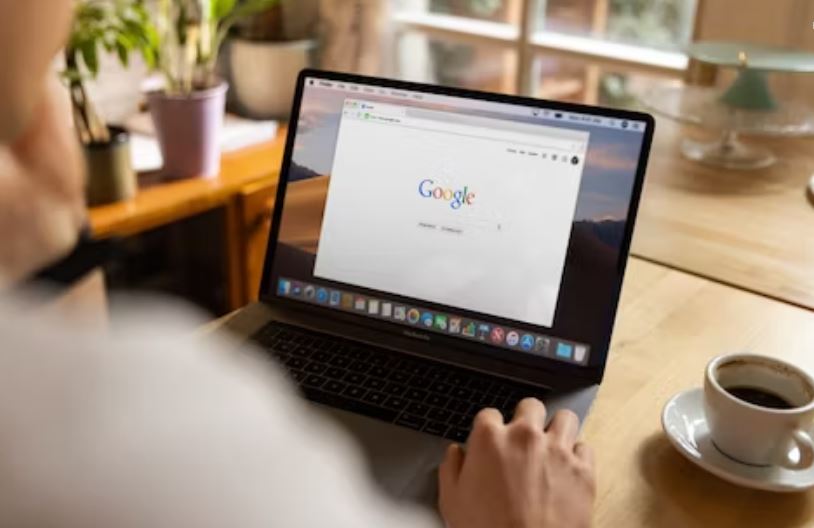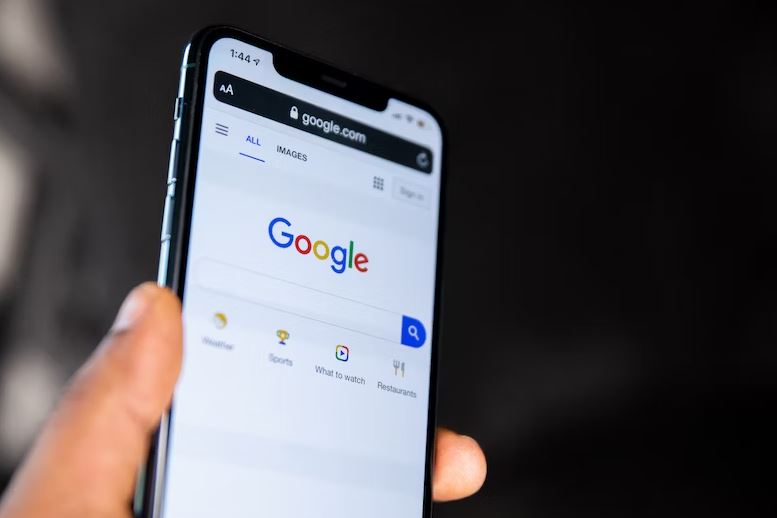When it comes to optimizing your website for search engines, there’s a powerful tool that often goes unnoticed and underutilized. We’re talking about ALT text, also known as alternative text.
This simple yet mighty element can have a significant impact on your website’s visibility, accessibility, and overall user experience.
So, what exactly is ALT text, and why is it so important? In this article, we’ll dive deep into the world of ALT text and uncover the secrets to leveraging it for SEO success.
ALT text is a descriptive attribute added to HTML tags that accompanies images on a webpage. It serves as a textual alternative to images, providing information about their content. Not only does ALT text make your website more accessible to visually impaired users, but it also plays a crucial role in search engine optimization.
Why is ALT Text Important for SEO?
1. Boosts Search Engine Rankings
Search engines like Google can’t “see” images in the same way humans do. They rely on textual cues to understand the content of a webpage. By using descriptive ALT text, you’re essentially providing search engines with valuable information about your images, which can positively impact your search engine rankings.
2. Enhances User Experience
ALT text is not only beneficial for search engines but also for your website visitors. When an image fails to load, the ALT text appears in its place, giving users a contextually relevant description of what the image should be. This improves the user experience and ensures that visitors can still engage with your content, even if they can’t see the visuals.

How to Write Effective ALT Text?
Now that you understand the importance of ALT text, it’s time to learn how to create effective descriptions that maximize its impact. Here are some tips:
- Be Descriptive: Provide a concise and accurate description of the image. Be specific and include relevant details that convey the image’s purpose or function.
- Use Keywords Sparingly: While it’s essential to include relevant keywords in your ALT text, avoid keyword stuffing. Focus on writing for humans first and search engines second.
- Keep It Short and Sweet: Aim for ALT text that is no more than a sentence or two long. Remember, the purpose of ALT text is to provide a brief description, not an essay.
Common ALT Text Mistakes to Avoid
Here are some common mistakes to avoid when writing ALT text:
- Leaving it blank: Leaving the ALT text blank can cause confusion for visually impaired users and hurt your website’s SEO.
- Using irrelevant descriptions: Using descriptions that are not relevant to the image can mislead users and hurt your website’s SEO.
- Using the same ALT text for multiple images
How Does ALT Text Benefit SEO and Accessibility?

1. Improved Image Search Rankings
When you optimize your ALT text with relevant keywords, it increases the chances of your images appearing in image search results, driving additional organic traffic to your website.
2. Screen Reader Compatibility
Visually impaired users rely on screen readers to navigate websites. By providing accurate ALT text, you ensure that these users can understand the content of your images and have a seamless browsing experience.
3. Compliance with Web Accessibility Standards
ALT text is a crucial component of web accessibility standards, ensuring that your website is inclusive and can be accessed by a wider audience.
4. Reduced Bounce Rates
When images fail to load, visitors may quickly leave your site. However, with descriptive ALT text, users can still engage with the content, even if the images are not visible. This can help reduce bounce rates and increase overall engagement on your website.
ALT Text Best Practices
- Use Accurate Descriptions: Make sure your ALT text accurately describes the image and its purpose. Avoid vague or generic descriptions that don’t provide meaningful information.
- Include Relevant Keywords: Incorporate relevant keywords naturally into your ALT text, but don’t overdo it. Focus on creating descriptive and user-friendly descriptions that also benefit your SEO efforts.
- Don’t Stuff ALT Text: Avoid keyword stuffing or using excessive amounts of text in your ALT attributes. Stick to concise and relevant descriptions that enhance the user experience.
- Skip ALT Text for Decorative Images: If an image is purely decorative and doesn’t convey important information, you can leave the ALT text empty or use an empty ALT attribute (“alt=””). This ensures that screen readers skip over unnecessary descriptions.

Examples of Effective ALT Text
Here are some examples of effective ALT text:
- Bad example: alt=”picture of dog”
- Good example: alt=”Golden Retriever playing fetch in the park”
- Bad example: alt=”graphic design”
- Good example: alt=”Logo design for a small business”
- Bad example: alt=”woman holding phone”
- Good example: alt=”Woman using a smartphone to browse a website”
ALT Text vs. Image Titles
It’s worth noting that ALT text and image titles serve different purposes. While ALT text provides a textual description of the image, image titles are primarily used for tooltip text when hovering over an image. Both ALT text and image titles can be beneficial for SEO and user experience, so consider utilizing both when appropriate.
| ALT Text | Image Titles |
|---|---|
| ALT text provides a textual description of the image. | Image titles are primarily used for tooltip text when hovering over an image. |
| ALT text enhances accessibility and improves SEO. | Image titles add additional context and can be visually appealing. |
| ALT text is crucial for visually impaired users and screen readers. | Image titles can provide supplementary information or captions. |
| ALT text should be concise, descriptive, and keyword-rich. | Image titles can be longer and more creative. |
| ALT text appears when the image fails to load or for users with screen readers. | Image titles are displayed as tooltips when hovering over the image. |
Summary: Harnessing the Power of ALT Text
ALT text is a critical element of website optimization that often gets overlooked. By providing descriptive and accurate ALT text for your images, you can improve your website’s accessibility, enhance the user experience, and boost your search engine rankings.
Remember to keep your descriptions concise, incorporate relevant keywords naturally, and prioritize creating value for your users. By leveraging the power of ALT text, you’re one step closer to achieve SEO success and reaching a wider audience.

